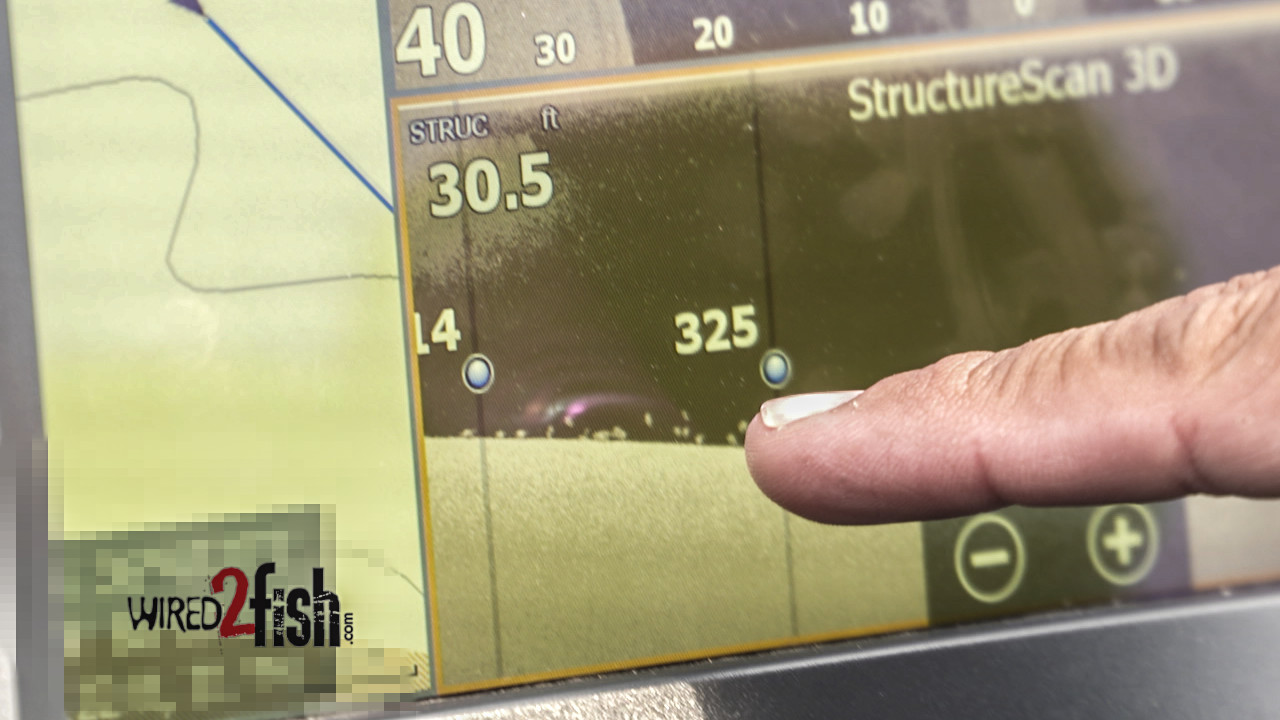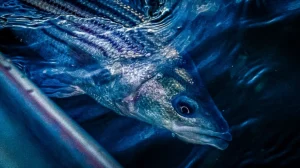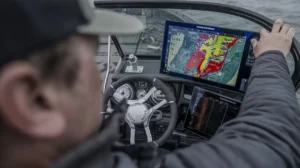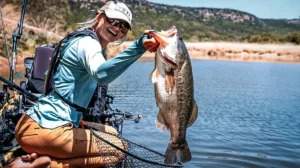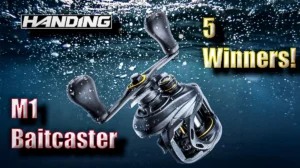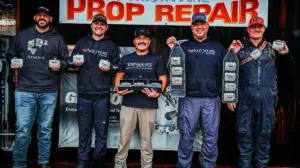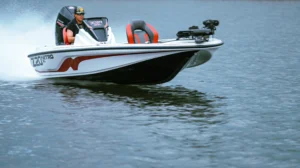Electronics arm anglers with the ability to find fish holding cover, structure and even schools of visible fish before wetting a line, but you’re not finding anything unless you’ve learned to correctly interpret what’s on the screen. In particular, there’s a lot of confusion about what feeding bass look like offshore, and as Wired2Fish Publisher Jason Sealock points out, the fish you’re seeing often aren’t bass.
Jason shortens the learning curve on how to distinguish bass from the rest using two of today’s powerful sonar technologies – high frequency down and side imaging. This 2-minute video is time well spent for the rest of us that don’t have hundreds of hours to invest idling productive water – Jason has done the heavy lifting for us.
Equipment used:
Currently working as Senior Advisor to Wired2fish. Former COO and Publisher, Jason Sealock came to Wired2fish shortly after inception in January of 2010. Prior to that he was the Editor-in-Chief of FLW Outdoors Magazines. He set the content direction for Wired2fish while also working directly with programmers, consultants and industry partners.
Sealock has been an avid angler for the better part of 40 years and has been writing and shooting fishing and outdoors content for more than 25 years. He is an expert with fishing electronics and technologies and an accomplished angler, photographer, writer and editor. He has taught a lot of people to find fish with their electronics and has been instrumental in teaching these technologies to the masses. He's also the industry authority on new fishing tackle and has personally reviewed more than 10,000 products in his tenure.
He has a 30-year background in information technologies and was a certified engineer for a time in Microsoft, Novell, Cisco, and HP.
He mostly fishes for bass and panfish around the house. He has, however, caught fish in 42 of the 50 states in the US as well as Costa Rica, Mexico, and Canada and hopes to soon add Finland, Japan, Africa and Australia to his list.


